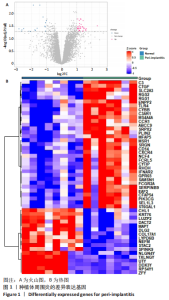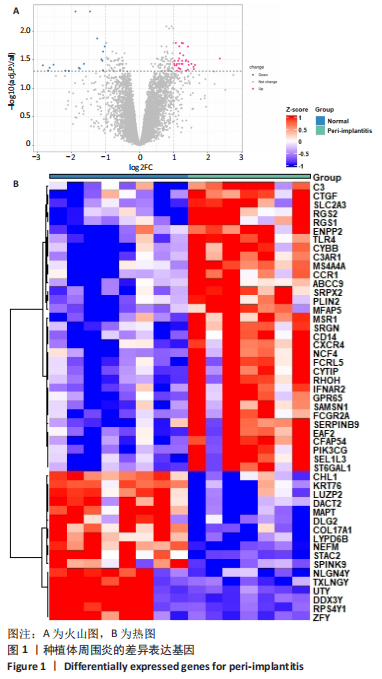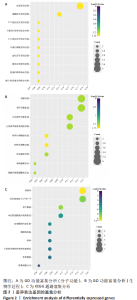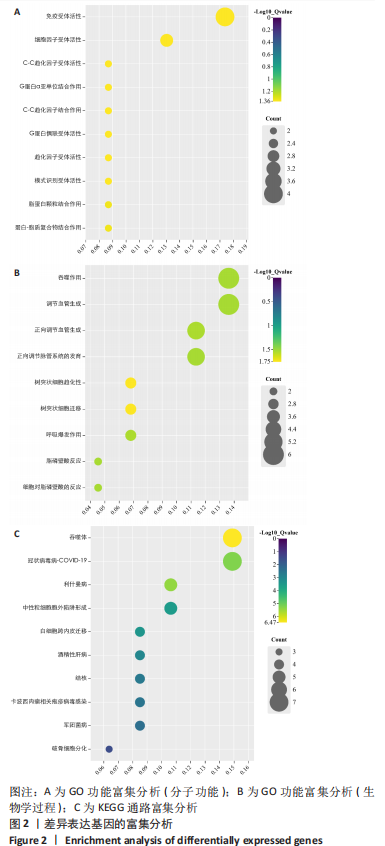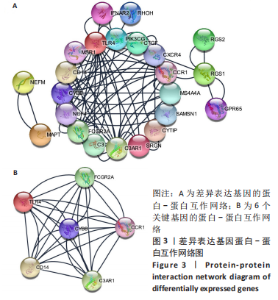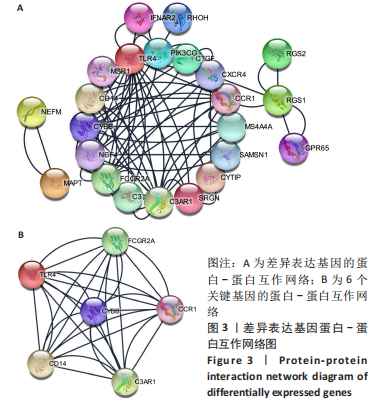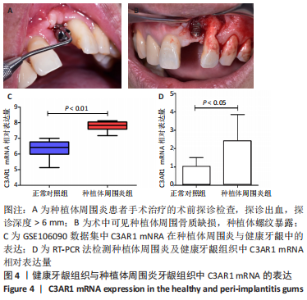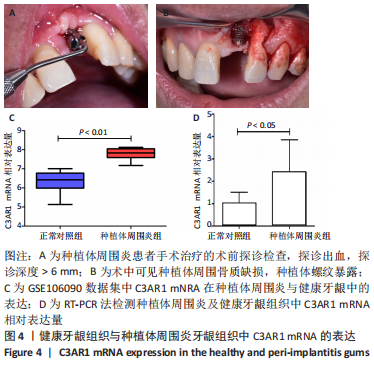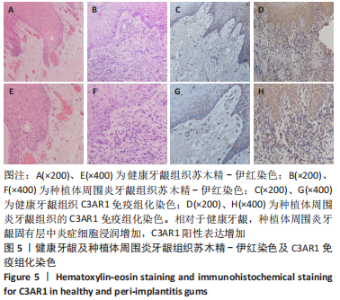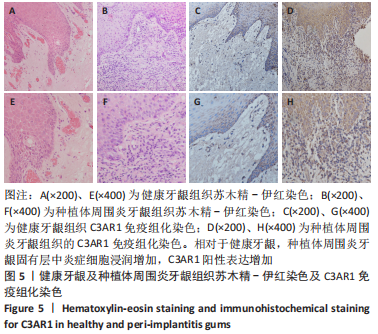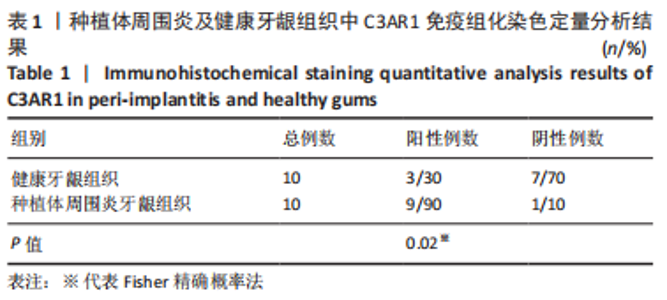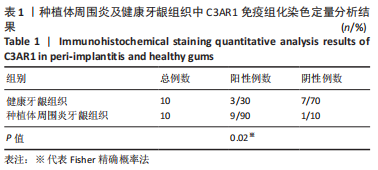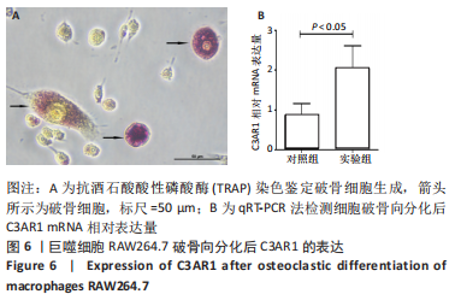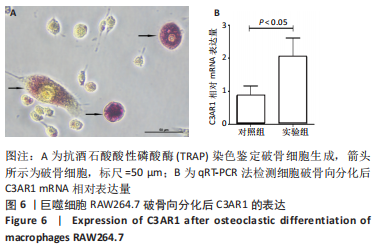[1] SALVI GE, COSGAREA R, SCULEAN A. Prevalence and Mechanisms of Peri-implant Diseases. J Dent Res. 2017;96(1):31-37.
[2] WADA M, MAMENO T, OTSUKI M, et al. Prevalence and risk indicators for peri-implant diseases: A literature review. Jpn Dent Sci Rev. 2021;57: 78-84.
[3] 宋应亮,张思佳.对种植体周围炎的认识与预防[J].华西口腔医学杂志, 2020,38(5):479-483.
[4] SCHWARZ F, JEPSEN S, OBREJA K, et al. Surgical therapy of peri-implantitis. Periodontol 2000. 2022;88(1):145-181.
[5] AL-SABBAGH M, SHADDOX LM. Is Peri-Implantitis Curable? Dent Clin North Am. 2019;63(3):547-566.
[6] PETKOVIC-CURCIN A, MATIC S, VOJVODIC D, et al. Cytokines in pathogenesis of peri-implantitis. Vojnosanit Pregl. 2011;68(5):435-440.
[7] CORREA MG, PIMENTEL SP, RIBEIRO FV, et al. Host response and peri-implantitis. Braz Oral Res. 2019;33(suppl 1):e066.
[8] INSUA A, MONJE A, WANG HL, et al. Basis of bone metabolism around dental implants during osseointegration and peri-implant bone loss. J Biomed Mater Res A. 2017;105(7):2075-2089.
[9] FRAGKIOUDAKIS I, TSELEKI G, DOUFEXI AE, et al. Current Concepts on the Pathogenesis of Peri-implantitis: A Narrative Review. Eur J Dent. 2021;15(2):379-387.
[10] BERGLUNDH T, ARMITAGE G, ARAUJO MG, et al. Peri-implant diseases and conditions: Consensus report of workgroup 4 of the 2017 World Workshop on the Classification of Periodontal and Peri-Implant Diseases and Conditions. J Clin Periodontol. 2018;45(Suppl 20):S286-S291.
[11] DE ARAUJO MF, ETCHEBEHERE RM, DE MELO MLR, et al. Analysis of CD15, CD57 and HIF-1alpha in biopsies of patients with peri-implantitis. Pathol Res Pract. 2017;213(9):1097-1101.
[12] LIU T, YANG M, XIA Y, et al. Microarray-based analysis of renal complement components reveals a therapeutic target for lupus nephritis. Arthritis Res Ther. 2021;23(1):223.
[13] SCHWARZ F, DERKS J, MONJE A, et al. Peri-implantitis. J Periodontol. 2018; 89(Suppl 1):S267-S290.
[14] ZHANG H, ZHANG X, HUANG J, et al. Identification of key genes and pathways for peri-implantitis through the analysis of gene expression data . Exp Ther Med. 2017;13(5):1832-1840.
[15] YU T, ACHARYA A, MATTHEOS N, et al. Molecular mechanisms linking peri-implantitis and type 2 diabetes mellitus revealed by transcriptomic analysis. PeerJ. 2019;7:e7124.
[16] LI S, ZHOU C, XU Y, et al. Similarity and Potential Relation Between Periimplantitis and Rheumatoid Arthritis on Transcriptomic Level: Results of a Bioinformatics Study. Front Immunol. 2021;12:702661.
[17] 尹昭懿,李效宇,王子璇,等.免疫反应在种植体周围炎中的作用研究进展[J].现代口腔医学杂志,2022,36(1):46-50.
[18] DENG S, HU Y, ZHOU J, et al. TLR4 mediates alveolar bone resorption in experimental peri-implantitis through regulation of CD45(+) cell infiltration, RANKL/OPG ratio, and inflammatory cytokine production. J Periodontol. 2020; 91(5):671-682.
[19] YU X, HU Y, FREIRE M, et al. Role of toll-like receptor 2 in inflammation and alveolar bone loss in experimental peri-implantitis versus periodontitis. J Periodontal Res. 2018;53(1):98-106.
[20] RAKIC M, PETKOVIC-CURCIN A, STRUILLOU X, et al. CD14 and TNF alpha single nucleotide polymorphisms are candidates for genetic biomarkers of peri-implantitis. Clin Oral Investig. 2015;19(4):791-801.
[21] PETKOVIC-CURCIN A, ZELJIC K, CIKOTA-ALEKSIC B, et al. Association of Cytokine Gene Polymorphism with Peri-implantitis Risk. Int J Oral Maxillofac Implants. 2017;32(5):241-248.
[22] ZHANG Q, LIU J, MA L, et al. Wnt5a is involved in LOX-1 and TLR4 induced host inflammatory response in peri-implantitis. J Periodontal Res. 2020;55(2):199-208.
[23] VENZA I, VISALLI M, CUCINOTTA M, et al. Proinflammatory Gene Expression at Chronic Periodontitis and Peri-Implantitis Sites in Patients With or Without Type 2 Diabetes. J Periodontol. 2010;81(1):99-108.
[24] 袁长深,官岩兵,李哲,等.骨关节炎坏死性凋亡关键基因的筛选与验证[J].中国组织工程研究,2023,27(5):695-700.
[25] MOLLIN M, BEAUMEL S, VIGNE B, et al. Clinical, functional and genetic characterization of 16 patients suffering from chronic granulomatous disease variants - identification of 11 novel mutations in CYBB. Clin Exp Immunol. 2021;203(2):247-266.
[26] CAETANO AJ, D’AGOSTINO EM, SHARPE P, et al. Expression of periodontitis susceptibility genes in human gingiva using single-cell RNA sequencing. J Periodontal Res. 2022. doi: 10.1111/jre.13057
[27] MARQUEZ PETE N, MALDONADO MONTORO MDM, PEREZ RAMIREZ C, et al. Influence of the FCGR2A rs1801274 and FCGR3A rs396991 Polymorphisms on Response to Abatacept in Patients with Rheumatoid Arthritis. J Pers Med. 2021;11(6):573.
[28] DAI Y, CHEN W, HUANG J, et al. FCGR2A Could Function as a Prognostic Marker and Correlate with Immune Infiltration in Head and Neck Squamous Cell Carcinoma. Biomed Res Int. 2021;2021:8874578.
[29] HARDER JM, WILLIAMS PA, BRAINE CE, et al. Complement peptide C3a receptor 1 promotes optic nerve degeneration in DBA/2J mice. J Neuroinflammation. 2020;17(1):336.
[30] MATHERN DR, HORWITZ J, HEEGER PS. Absence of recipient C3aR1 signaling limits expansion and differentiation of alloreactive CD8 +T cell immunity and prolongs murine cardiac allograft survival. Am J Transplant. 2019;19(6):1628-1640.
[31] BRENNAN FH, JOGIA T, GILLESPIE ER, et al. Complement receptor C3aR1 controls neutrophil mobilization following spinal cord injury through physiological antagonism of CXCR2. JCI Insight. 2019;4(9): e98254.
[32] FRETWURST T, GARAICOA-PAZMINO C, NELSON K, et al. Characterization of macrophages infiltrating peri-implantitis lesions. Clin Oral Implants Res. 2020; 31(3):274-281.
[33] MAKEUDOM A, SUPANCHART C, MONTREEKACHON P, et al. The antimicrobial peptide, human beta-defensin-1, potentiates in vitro osteoclastogenesis via activation of the p44/42 mitogen-activated protein kinases. Peptides. 2017;95:33-39.
[34] WANG S, LIU Z, WANG J, et al. miR21 promotes osteoclastogenesis through activation of PI3K/Akt signaling by targeting Pten in RAW264.7 cells. Mol Med Rep. 2020;21(3):1125-1132.
[35] WU XB, QIAO SC, WANG W, et al. Melatonin prevents peri-implantitis via suppression of TLR4/NF-kappa B . Acta Biomater. 2021;134:325-336.
[36] REIS ES, MASTELLOS DC, HAJISHENGALLIS G, et al. New insights into the immune functions of complement. Nat Rev Immunol. 2019;19(8):503-516.
[37] MODINGER Y, LOFFLER B, HUBER-LANG M, et al. Complement involvement in bone homeostasis and bone disorders. Semin Immunol. 2018;37(C):53-65.
[38] 任飞龙,罗环宇,郑适泽,等.C3a-C3aR轴通过巨噬细胞向M1型极化对慢性牙周炎模型小鼠炎症反应和组织损伤的影响[J].吉林大学学报(医学版), 2022,48(1):1-8. |
